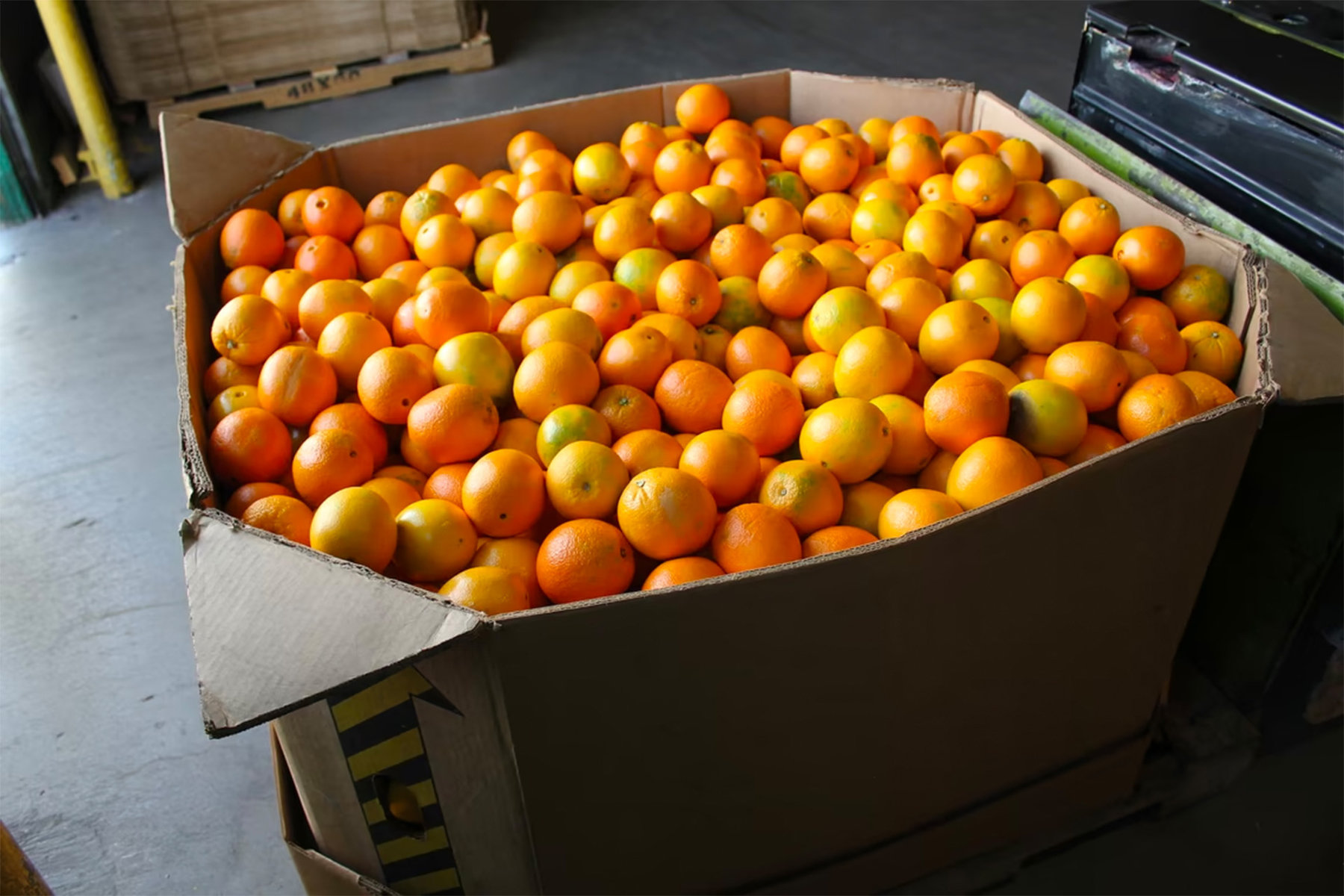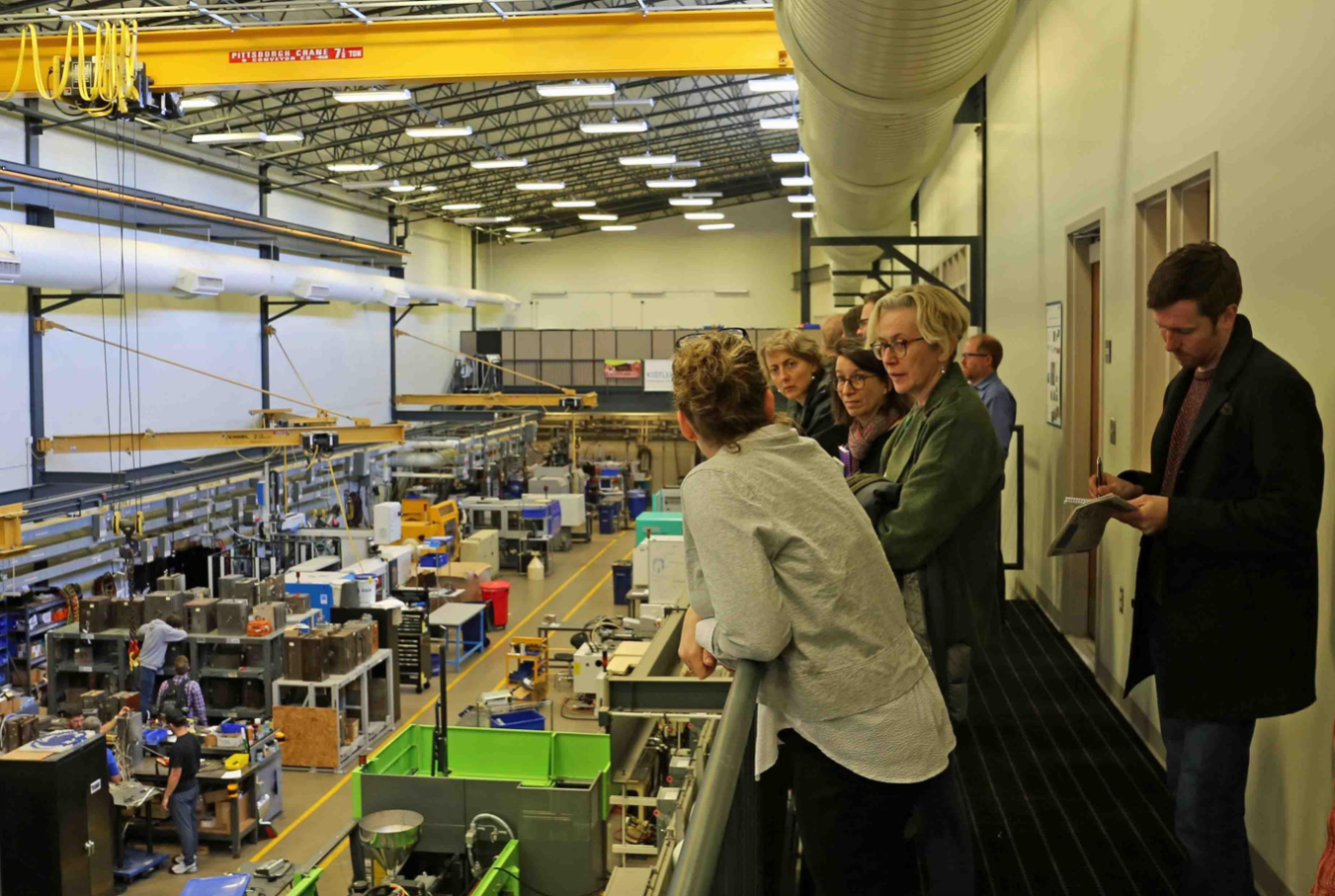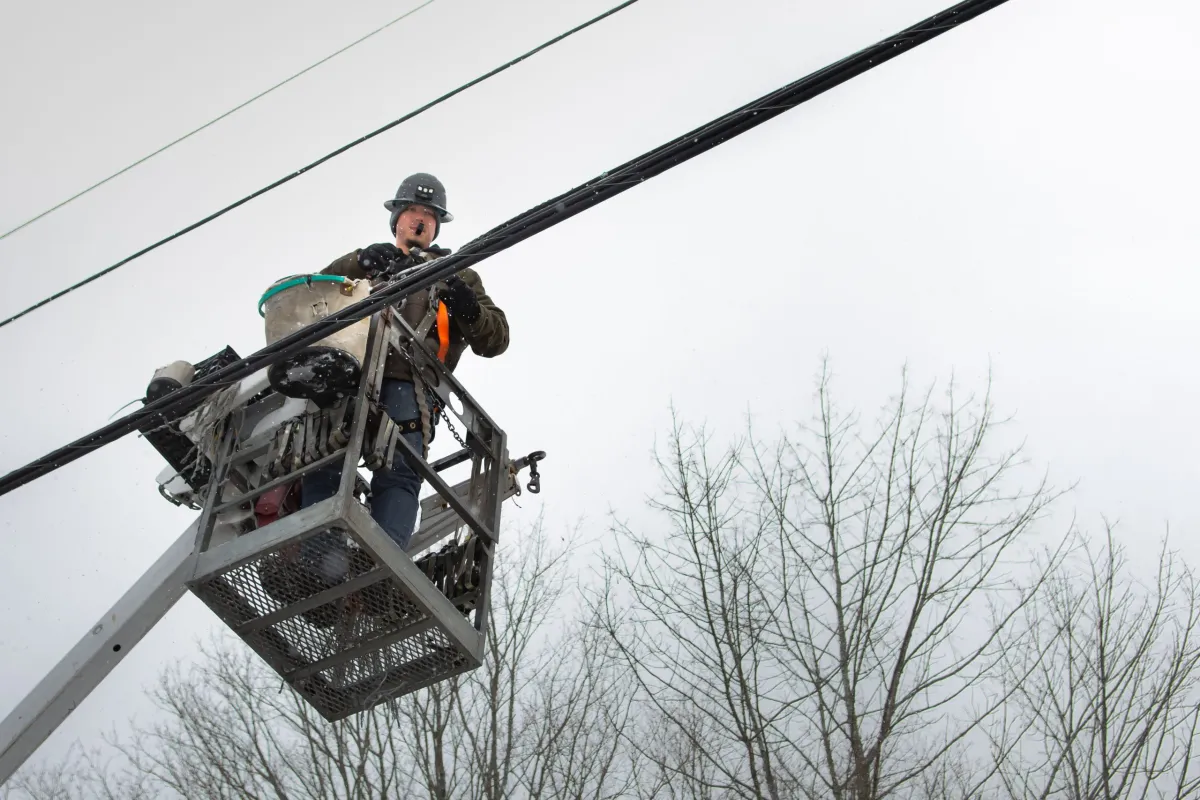I mentioned yesterday that it was surprisingly odd to visit, as a reporter, a place I thought I knew by heart. It turns out that I didn’t — or that it has changed, or that you see different things this way, or some combination of the above. In any case I am seeing things in Redlands, California, that I hadn’t seen through the years of my youth. Overall they are encouraging.
Yesterday we went out with the Marketplace crew to see the last operating fruit-packing house in Redlands, and for that matter in all of (enormous) San Bernardino County. When I was growing up, there must have been 20 of these operations within the city itself. Since then the citrus groves have largely — though not completely, as we’ll explain — moved to cheaper land and larger tracts in California’s Central Valley. And as computerization has come to the packing houses, a single facility can handle as much fruit as three or four of them would have done in the 1960s. Volume is high and times are good for the Redlands Foothill Groves packing house, we were told, as it handles fruit from a wider geographical range of groves for a still-growing global market. But it’s the only one that is left.
We had a tour of this one, courtesy of its manager, Manuel Martinez, which was impressive in two ways. One was the speed, volume, intensity, and industrial scale of the process as a whole. The other was the combination of early machine-age and recent computer-age technologies embodied there.
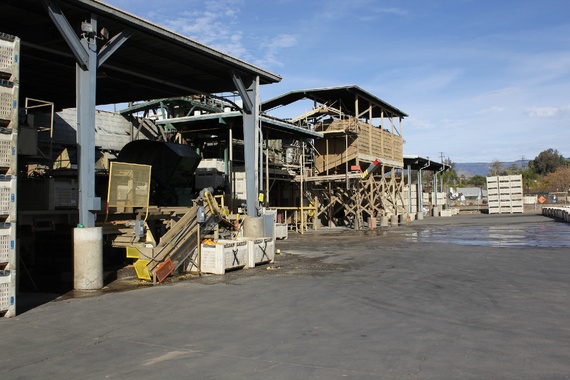
In the first category: belts, bins, pulleys, boxes, and other devices to handle huge quantities of freshly picked fruit, plus the human inspectors and sorters who judge the oranges as they go by and pack them accordingly. In the second: computerized scanners that quickly conduct 360-degree views of every one of the millions of oranges that speed along on a belt, to detect any blemish or color variation.

At the Padnos scrap metal works, a combination of visual, magnetic, and other sensors, plus human monitors, separated a mixed slurry of material into usable scrap. As described here. In the packing house, visual and other sensors, plus human monitors, separated oranges into different grades — based on size, color, blemishes, etc.
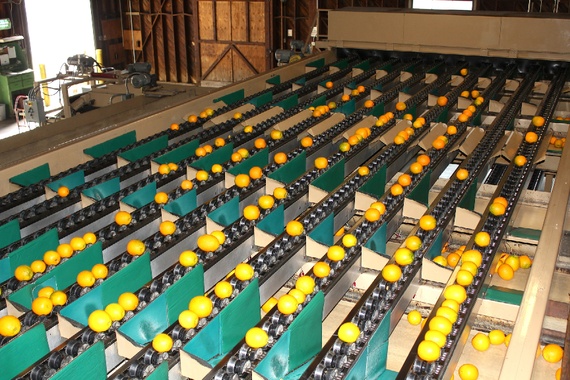
Then the choice ones are re-inspected and re-graded by a team working by eye, most of whom (we heard) had made their careers at this packing house.
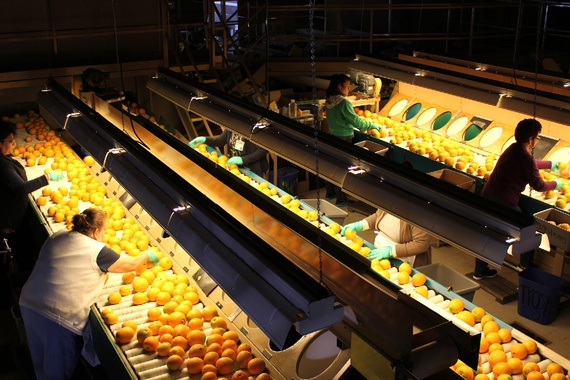
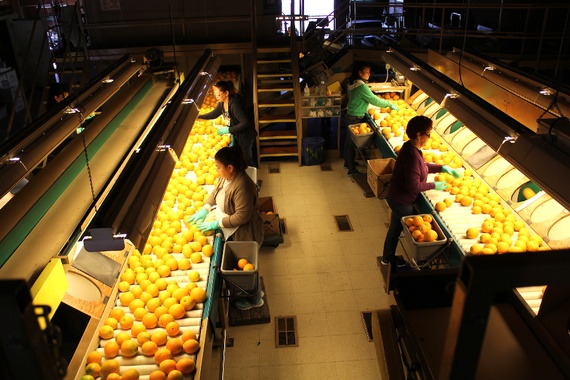
After they’ve all been sorted — the smallest or most blemished sent off to juicing facilities, the largest and most lustrous prepared for shipment to markets in Asia — the oranges are packed into their shipping cartons, each with a label indicating the grove that it came from and when it was packed. The oranges bound for the national and global markets go out under the Sunkist brand.
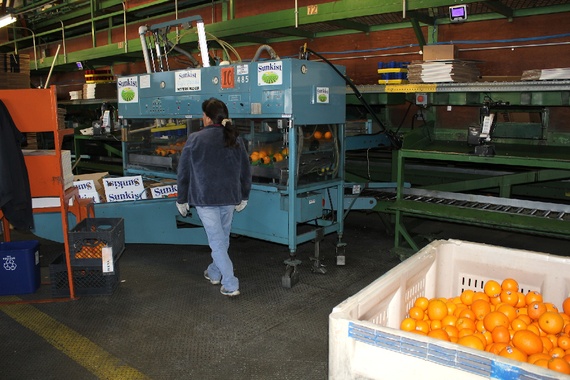
A Sunkist inspector takes sample boxes from the line and checks the oranges for size, appearance, and quality when cut and tested.
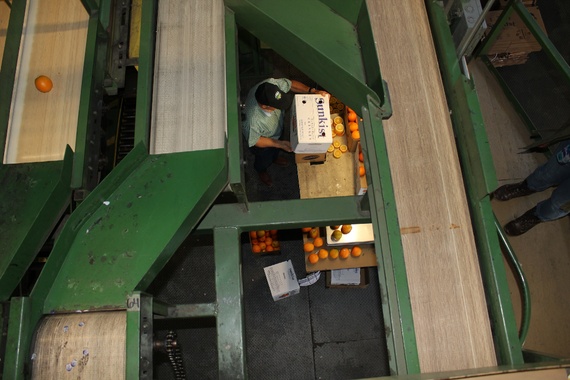
Most are put in cartons, but some go in large containers for sale at grocery stores or Wal-Mart.
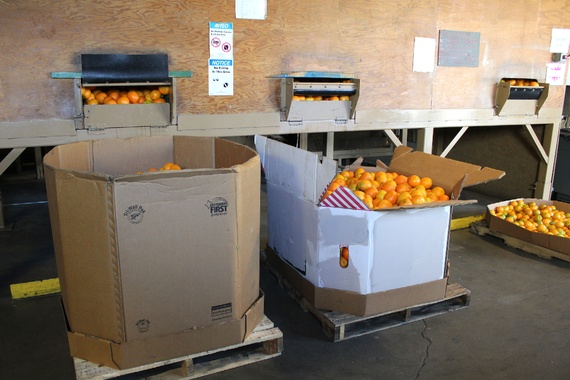
I have seen oranges all my life, and have had a sense of how hard it was to grow and protect the trees and to harvest their fruit when ready. Now I have a sense of the additional complexity of bringing each individual orange to market. I will view them now with even more respect, as I do Manuel Martinez and his crew for what they do. More coming soon from Marketplace. [All photos by Deborah Fallows.]

